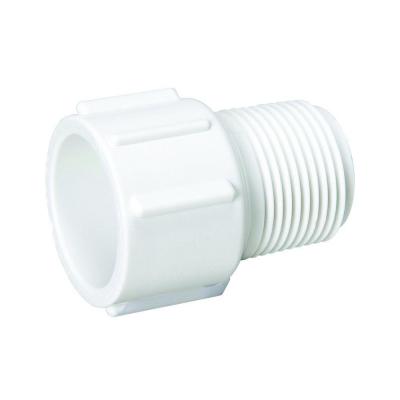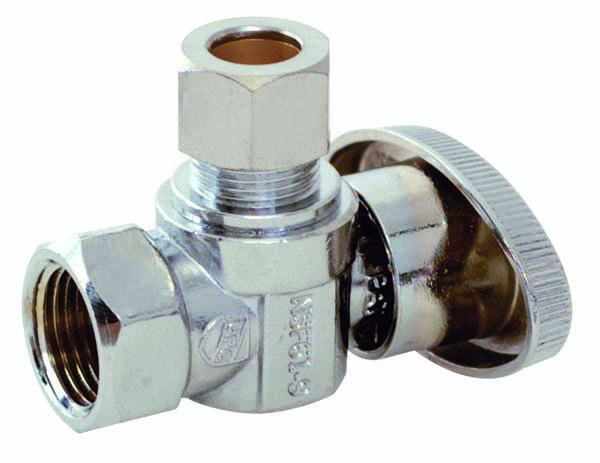Thanks, Frodo.
I feel better knowing that the elimination of PVC as a viable water supply line for inside the house is actually a recent change. I'm wondering how recent. I was wondering why my father had told me that PVC was for cold and CPVC was for hot when he was repairing some of the house's plumbing-- and our plumber never said there was anything wrong with it.
Edit: I googled to find if I was right about the 70 degrees and discovered that there are references to PVC leaching at 70 degrees CELSIUS (158 F). The previous material I read did not specify that it was Celsius and I assumed it was Fahrenheit.
I'm enjoying this discussion.

I took the comments about the inspectors not being able to tell the difference in the pipes meaning that while they could differentiate PVC from CPVC, they might not have been able to easily identify if the pipes were being used for hot water or cold water. In new construction that might not be so much of a problem, but if someone is updating or altering existing stuff, it might be harder to trace where everything goes.
Also, I imagine some of the inspectors are either lazy or inept.

Just look at things like Holmes Inspection and Holmes on Homes where inspectors missed obvious problems. Hell, I got to play home inspector yesterday when I was checking out the pipes in the house some friends of mine are just entering a lease on. I very much doubt it is actually approved for rental given the condition. Kitchen sink had an S-trap, which I know is very common around here and may have been ok, but the plumbing in the bathroom was just awful. The trap arm actually sloped upward instead of down, then had a grayish fernco fitting to hook it to cast iron (there is a hole in the wall so you can see the plumbing and I ran my hand over it to feel the material) that also seemed to slope upward because of the placement of some wood. I might go over there with a level to check it out later to be sure. And there was no vent in sight, so I don't know if there even are any plumbing vents. I'll have to inspect it more thoroughly later.
I am also pleased that my plumbing code list came in handy. I actually updated it a bit in a
Post on my plumbing code Tumblr blog
It includes links to the most recent versions of the codes that I could find online. I will update the plumbing code thread with the links.
My state's plumbing code is based on IPC. I wonder if it has the same rule about the materials needing to be matched.
So, here is a question: Under IPC would I be able to have my underground water supply lines be PVC and then have the transition pieces that Kultulz showed create a bridge to have CPVC for all of the lines inside the house? (the lines all run under the house until they need to go up into the fixtures they service). I do know that some of them are too close to sewer/drain lines though.
on a side note, if anyone has suggestions for the content of my tumblr blog, please let me know. I only have 6 posts thus far as I got sidetracked with life.































































